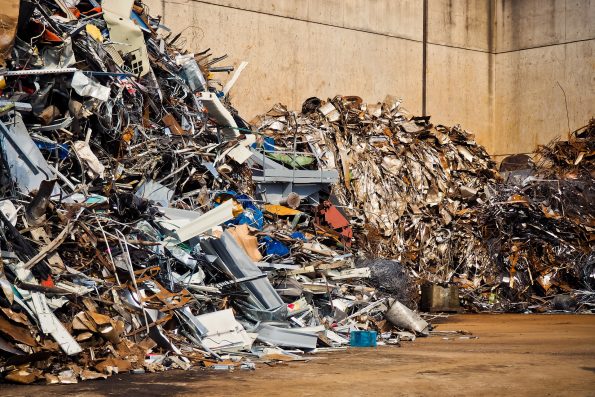Metal fabrication is an essential pillar of the manufacturing world. The meticulous process transforms raw metal into versatile products and components. This transformation is expertly executed by a metal fabricator, who skillfully navigates a variety of techniques and technologies to create everything from household fixtures to industrial machinery components.
Introduction to Metal Fabrication

The vast arena of industries relying on metal fabrication, such as automotive, aerospace, and construction, highlights its critical role in modern society.
In ancient times, metal fabrication involved using advanced methodologies to reshape metal into functional products. Modern techniques use advanced technologies and precision tools, ensuring high efficiency and quality.
Fundamental Techniques in Metal Fabrication
Metal fabrication involves cutting and bending techniques to reshape and assemble metal into desired structures. Cutting uses tools like saws and laser cutters for precision while bending uses machinery like press brakes to form complex angles for various applications. Assembly is crucial, as is combining elements to create functional items. Technological advancements in welding or riveting ensure robust connections while stamping and machining allow for detailed customization and refinement of fabricated parts.
The Role of Technology in Modern Fabrication
Technology is revolutionizing metal fabrication by introducing automation, computer-aided design (CAD), and advanced technologies like CNC machining. Automation reduces human error and production times, while CAD allows fabricators to visualize designs precisely. CNC machining offers higher precision for complex components, while 3D printing enables prototyping and small-scale production innovations. These advancements minimize errors, optimize outcomes, and reduce lead times, allowing rapid iterations and adjustments.
Innovative Trends Shaping the Industry
Several trends are currently reshaping the landscape of metal fabrication, notably the shift towards customization and intelligent manufacturing. Customization allows companies to meet specific client needs and preferences, creating products that do not require compromise on quality or functionality. As consumer preferences lean towards bespoke creations, fabricators increasingly adopt technologies like 3D printing to produce intricate designs tailor-made for individual needs quickly.
Smart manufacturing integrates sustainable practices with IoT and predictive analytics, providing insights that enhance decision-making efficiency and operation management. This increases production speed, minimizes downtime, and allows fabricators to respond promptly to fluctuating market demands.
Challenges and Solutions in Metal Fabrication
As progressive as the metal fabrication field is, it has challenges. Cost is a significant concern, particularly with the rising raw materials and equipment prices. In response, many companies are turning to lean manufacturing principles to reduce waste and maximize resource use efficiently. Implementations such as automated inventory control and predictive maintenance help reduce overhead costs and minimize material waste.
The sector also faces a skilled labor shortage, emphasizing the value of training initiatives that upskill workers. By investing in education related to emerging technologies and advanced machinery, the industry can nurture a workforce capable of leveraging state-of-the-art equipment to its full potential.
Benefits of Advanced Metal Fabrication Techniques
Employing advanced metal fabrication techniques delivers many benefits, from enhanced precision to reduced waste. By adopting cutting-edge technology, fabricators can achieve tighter tolerances, leading to higher-quality end products while minimizing scrap. This precision ensures that products meet strict industry standards and customer expectations, reinforcing reliance and trust in fabricated items.
Furthermore, these advancements enable scalability, allowing companies to adjust production volume swiftly and cost-effectively in response to changing market demands. This flexibility keeps businesses competitive, ensuring profitability even in volatile markets.
Sustainable Practices in Fabrication
With growing environmental concerns, the metal fabrication industry is increasingly adopting sustainable practices. Recycling and reclaiming metal materials form a cornerstone of these efforts, significantly minimizing waste. Utilizing renewable energy sources and other energy-efficient techniques can lower the manufacturing process’s carbon impact.
Efforts to improve sustainability benefit the environment and translate into cost savings for businesses. As companies align their operations with these environmental strategies, they boost their public image and ensure long-term viability and compliance with evolving regulations.
Conclusion: The Future of Metal Fabrication
The future of metal fabrication is prosperous with potential, as it stands on the brink of a technological revolution. Integrating innovative techniques and sustainable practices will redefine the landscape, offering exciting opportunities for greater efficiency and creativity. Businesses that adjust to these shifts will likely become market leaders worldwide and propel innovations that progress the sector.